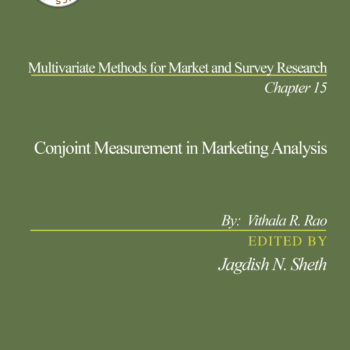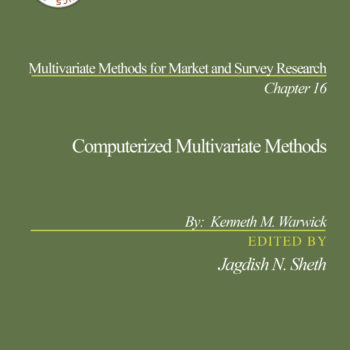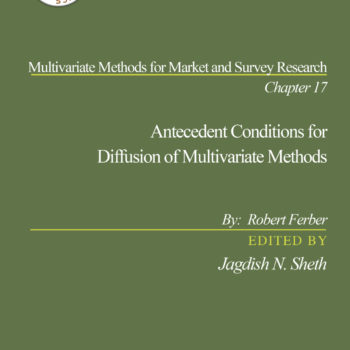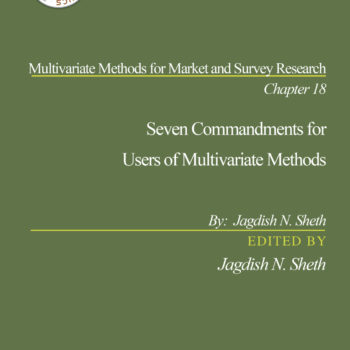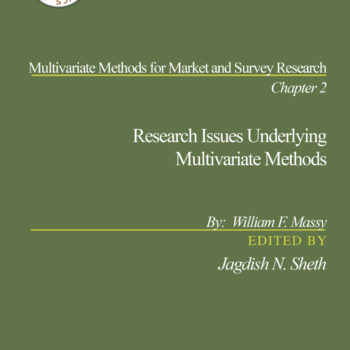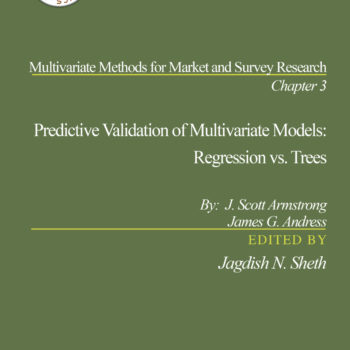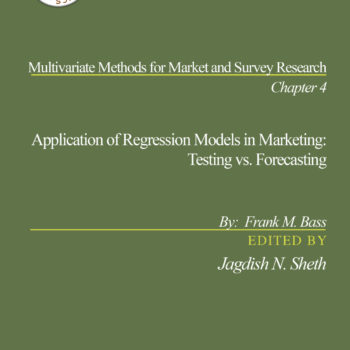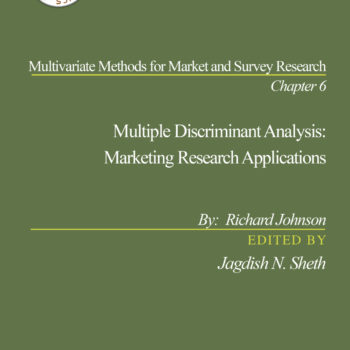Competitive Analysis Category
Chapter 15: Conjoint Measurement in Marketing Analysis
Chapter 15 of Multivariate Methods for Market and Survey Research
The chapter discusses the various models and algorithms of conjoint measurement. The text is divided into seven sections, which include an illustrative decision problem, alternate models, algorithms for data analysis, and a review of several past applications of conjoint measurement to marketing. The concluding section provides observations for future research directions.
